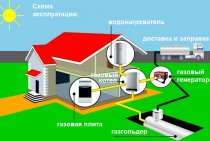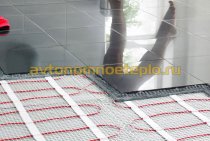What to do if the temperature in the apartment is below normal
It's cold in your house, what should you do? In the beginning, you need to independently measure the temperature in the housing and compare it with the values \u200b\u200bof the norms specified in SNiPs and GOSTs. As soon as you make sure that the temperature in the housing is too low, call the control room, fixing the time and data of the operator.
A brigade will be sent to you, perhaps the cause is a common blockage. In the event that she is unable to provide assistance, go to the building management organization to apply for temperature measurements in your home.
A copy of it, with a mark of acceptance, keep with you.
Before taking temperature measurements, you can ask the commission for the certificates it has for the equipment used.
The final result is documented in an act that is passed to you. Using it, you have the opportunity to write a statement regarding the underestimation of the temperature regime in housing at the CHP. The reaction from the latter should follow within a week.
All problems will be corrected, and additionally, the tariff will be recalculated for the period of provision of services in an inappropriate amount.
Where can I complain about low temperatures in housing:
- to the prosecutor's office;
- To the housing inspectorate;
- To the Consumer Protection Service.
If, nevertheless, litigation began, and you took all possible actions, then in your folder you will have collected:
- All copies of submitted applications (with marks);
- Fixed applications submitted to the operator of the organization;
- Act with a temperature check;
- Copies of certificates for the equipment used during the measurements.
If you rely on the existing standards established by SNiPs and GOSTs, it is most likely that you will have a winning position in court.
When the last decision is made in your favor, the service organization is obliged to correct the situation. However, in practice, triumphing immediately will be superfluous.
State sanitary and epidemiological supervision over the construction of new and reconstruction of existing industrial premises is carried out at the stages of project development and commissioning of facilities, taking into account the nature of the technological process and the compliance of engineering and sanitary equipment with the requirements of these Sanitary Rules and Building Codes and Rules "Heating, ventilation and conditioning".
1.7. Project documentation for the construction and reconstruction of industrial premises must be agreed with the bodies and institutions of the State Sanitary and Epidemiological Service of Russia.
1.8. The commissioning of industrial premises in order to assess the compliance of the hygienic parameters of the microclimate with the requirements of these Sanitary Rules must be carried out with the mandatory participation of representatives of the State Sanitary and Epidemiological Surveillance of the Russian Federation.
2. Regulatory references
2.1. Law of the RSFSR "On the sanitary and epidemiological well-being of the population".
2.3. Guideline "General requirements for the construction, presentation and execution of sanitary-hygienic and epidemiological regulatory and methodological documents" dated February 9, 1994 R 1.1.004-94.
GUARANTEE:
Instead of Guidelines R 1.1.004-94 Chief State Sanitary Doctor of the Russian Federation May 14, 1996
2. Permissible vibration levels
6.2.1. Permissible
vibration levels, as well as the requirements for their measurement in residential premises should
meet hygienic requirements for industrial vibration levels,
vibrations in residential and public buildings.
6.2.2. When measuring
unstable vibrations (levels of vibration velocity and vibration acceleration in which, when
measurement by the device on the characteristics "Slow" and "Lin"
or correction "K" over a 10-minute period changes by more than 6 dB)
it is necessary to determine the equivalent corrected vibration velocity values,
vibration acceleration or their logarithmic levels. In this case, the maximum values
measured vibration levels should not exceed the allowable by more than 10 dB.
6.2.3. indoors
residential buildings, vibration levels from internal and external sources should not
exceed the values specified in these sanitary rules.
6.2.4. In the daytime
in rooms, it is permissible to exceed vibration levels by 5 dB.
6.2.5. For
intermittent vibration to the allowable levels given in the table,
a correction minus (-) 10 dB is introduced, and the absolute values of vibration velocity and
vibration accelerations are multiplied by 0.32.
All about the norm of air humidity in the apartment optimal parameters, options for determining and changing the percentage of moisture
With the onset of cold weather, we begin to heat the room, and we do not always take into account that this contributes to the deviation from the norm of air humidity in the apartment. But it is on this indicator that our comfort and health depend.
Our body reacts negatively to both excessive humidity and dryness, so it is important to adhere to the standard parameters and periodically check the condition of the air in the apartment. Below we will talk not only about generally accepted standards and the risks of non-compliance with them, but also about how to find out the humidity in the room and influence the change in this indicator.
Below we will talk not only about generally accepted standards and the risks of non-compliance with them, but also about how to find out the humidity in the room and influence the change in this indicator.
What you need to know about the humidity in the apartment
Why is it so important to know what humidity should be in the house?
Dry air can cause many problems:
- spread of dust in rooms;
- the occurrence of negative reactions in allergy sufferers;
- deterioration of the condition of the mucous membranes and skin;
- difficulties in breathing processes in some cases, the appearance of pain in the eyes;
- decrease in immunity to viral diseases.
If the air is excessively humid, and the temperature in the room that is comfortable for a person is too low (this can be seen by the formation of condensation on the glasses), there is a risk of damage to both our health and the environment in the room:
- furniture and appliances begin to deteriorate from excessive moisture;
- bacteria, mold and fungus spread in the room;
- an unpleasant smell of dampness is formed;
- with constant exposure to a humid environment, colds and even tuberculosis are born.
Given all the risks, it is important to know what air humidity is considered normal in an apartment, and stick to this indicator. Plants must be maintained in a humid environment with indicators from 50 to 75%, furniture, appliances and books - in a room with a humidity of 40-60%
Plants must be maintained in a humid environment with indicators from 50 to 75%, furniture, appliances and books - in a room with a humidity of 40-60%.
For a person, the optimal relative humidity in a residential area differs depending on the intended use of the rooms.
So, what should be the humidity in the apartment:
the permissible norm of air humidity in the hall and living room is about 50%;
pay special attention to the nursery: for a child, the norm of air humidity in the apartment is 50-70%;
the physiological optimal humidity in the room is from 45 to 60%, when it comes to bedrooms.
As you can see, the normal relative humidity in an apartment does not go beyond 45-70%, so exceeding or understating these figures can pose a serious threat to your health.
Devices for measuring indoor air humidity, as well as some popular methods, will allow you to control this process.
How to measure indoor humidity
One of the simplest options for measuring the humidity in an apartment is a hygrometer. This device will immediately show the percentage of humidity. By the way, many modern air conditioners have a built-in sensor that monitors changes in the humidity rate in the room.
Another idea for measuring the humidity in a room is to use a thermometer. Determine the room temperature, then wrap the mercury part with a slightly damp cloth - and after 5 minutes check for temperature changes. If the procedure was carried out correctly, the temperature should drop.
Another way to detect deviations from normal air humidity: pour running cold water into a glass and leave it in the refrigerator for three hours so that the temperature drops to 3-5 degrees. Then leave the glass as far away from the batteries as possible - and see if its walls fog up.
If such an effect is detected, one can judge the excessive dryness of the air; if streams begin to form on the glass, it means that the optimum humidity in the apartment has been exceeded.
Now we will tell you how to check the humidity in the apartment using a spruce branch. Take a 20-30 cm branch, fasten it to a plywood board - and mark the border of the loose top. If the optimum humidity for a person is exceeded, the branch will drop over time.
The procedure for calculating the amount of payment in an apartment building
The amount of payment for heating is established by Decree of the Government of the Russian Federation of 05.23.2006 N 307 and Decree N 354. In particular, Chapter III and "Appendix N 2" in the first document indicate the exact procedure for calculating the payment.
As already indicated at the top of the article, the calculation of the cost of heating during the heating period is carried out according to the formula established by Decree of the Government of the Russian Federation N 354.
It should contain the following sections:
- Information about the parties to the transaction. This contains information about the company, the head of which is the owner of non-residential premises, as well as information about the resource supplying organization.
- Information about the premises. This section should indicate the area of \u200b\u200bthe premises, the presence / absence of resource supply networks and metering devices, as well as the address of the apartment building in which the non-residential premises are located.
- The subject of the resource supply agreement. This section indicates in accordance with what standards the premises will be heated, at what tariffs, in what volume and at what time of the year.
- Order of payment, features of calculations. It is prescribed how the owner of the premises must pay the resource supply organization and within what time frame.
- Rights and obligations of the parties. This section prescribes what obligations the resource supplying organization undertakes, and which the owner undertakes. The same section regulates penalties for the parties if the obligations are not fulfilled well enough or not at all.
It also includes a conclusion about whether the values recorded during the measurement correspond to the optimal indicators.
3. Radiation temperature, С
radiation
temperature of heated and cooled
room surfaces is important
indicator for comfortable
human stay in the room. Main
human heat loss occurs
radiant (radiation) heat transfer
dependent on ambient temperature
its surfaces and temperature difference
fence - air. cold fences
cause increased heat radiation
surface of the human body. When providing
optimal and acceptable indicators
microclimate during the cold season
protective equipment should be used
jobs from radiative cooling
and glazing with window surfaces
openings, in the warm season - from
exposure to direct sunlight.
Enclosing
production area surfaces
should be such that the intensity
thermal exposure of workers from
heated surfaces of technological
equipment, lighting fixtures,
insolation on permanent and non-permanent
workplaces did not exceed 35 W / m when irradiating 50% of the body surface and
more than 70 W/m2 - at the value
irradiated surface from 25 to 50% of the body
and 100 W/m2 - at irradiation 25%
body surface. Thermal intensity
exposure of workers from open
sources (heated metal, glass,
"open" flame, etc.) should not exceed
140 W/m,
and should not be exposed to radiation.
more than 25% of the body surface and mandatory
is the use of funds
personal protective equipment, including face and eye protection, (see
table 1.3).
To assess the impact
surface temperatures entered
concept of radiation temperature
 ,
,
(2.2)
where

and surfaces with temperatures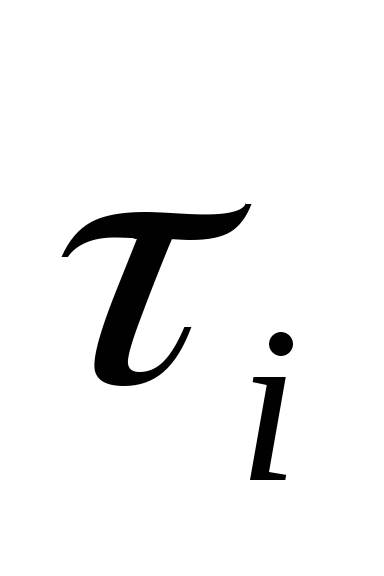
premises.
Approximately -
radiation temperature can be
defined by the formula:
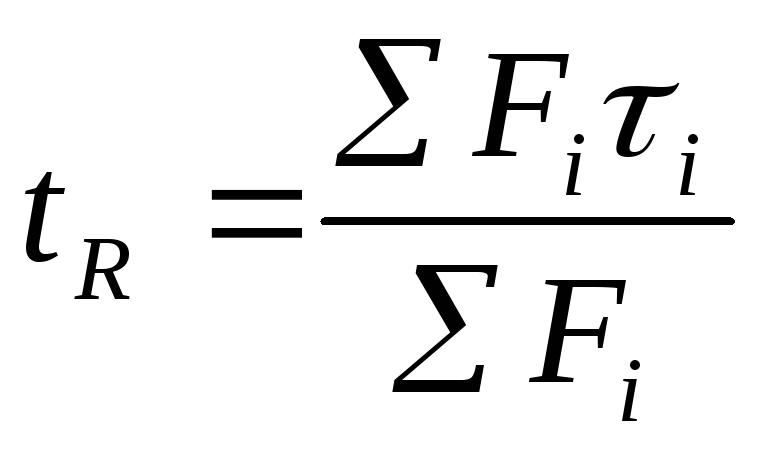
(2.3)
where
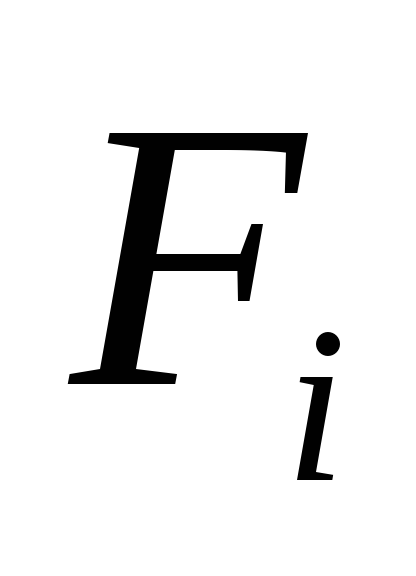
internal surface area with
temperatures
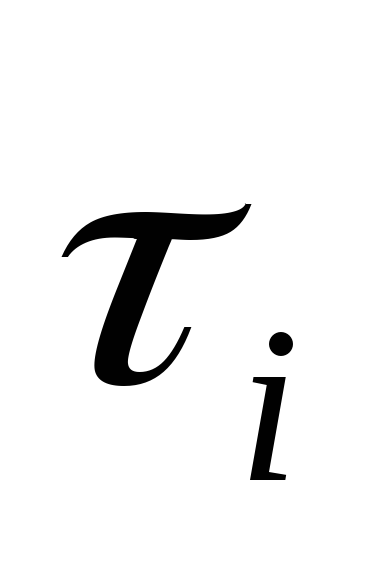
A joint
influence
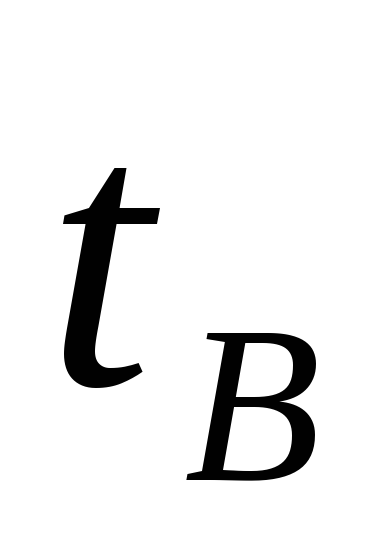
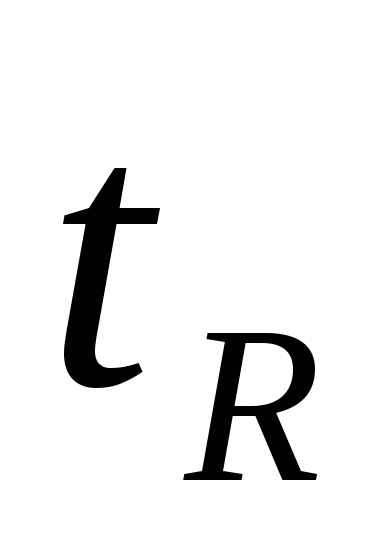
premises
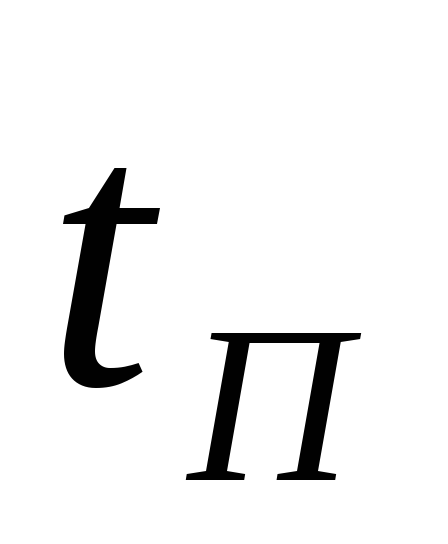
With little air movement,
accept
 .
.
(2.4)
For
mean values:
for cold
period of the year
 ;
;
(2.5)
for the warm period
of the year
 .
.
(2.6)
V
most cases for ordinary
premises
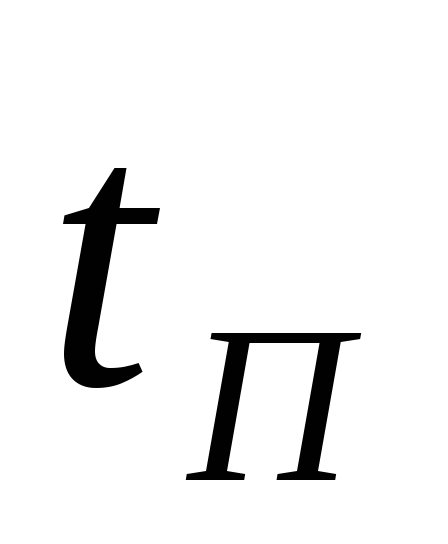
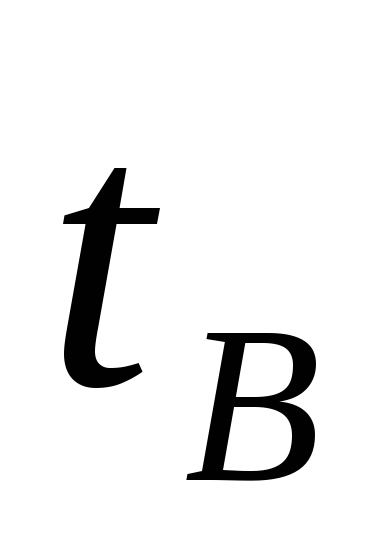
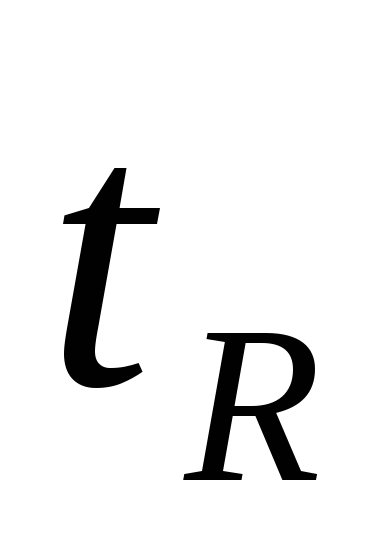
only room temperature
If the premises must take into account
difference between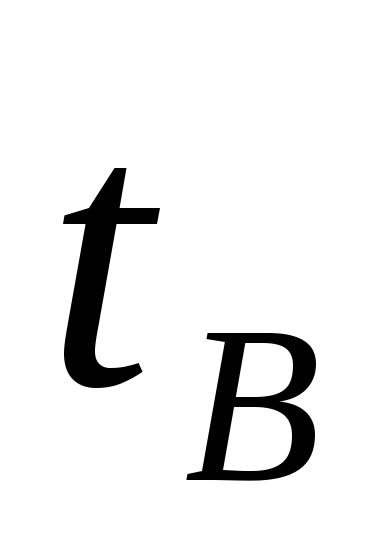
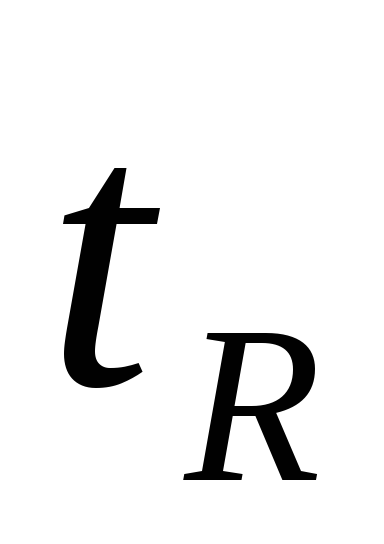
then the normalized internal temperature
is the room temperature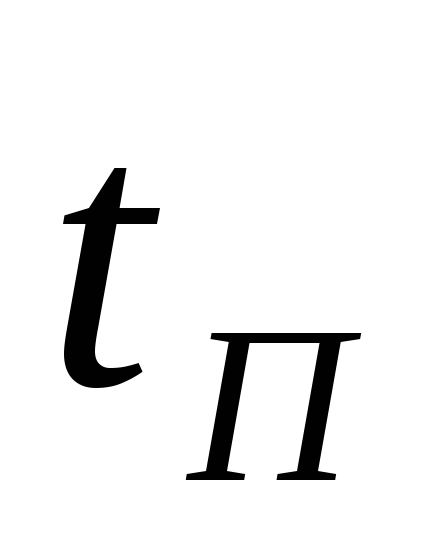
Second
condition
comfort determines the allowable
surface temperatures when
person near these surfaces.
Permissible ceiling and wall temperatures
determined by
formulas:
for
heated surface
 ;
;
(2.7)
for cold
surfaces
 ;
;
(2.8)
where
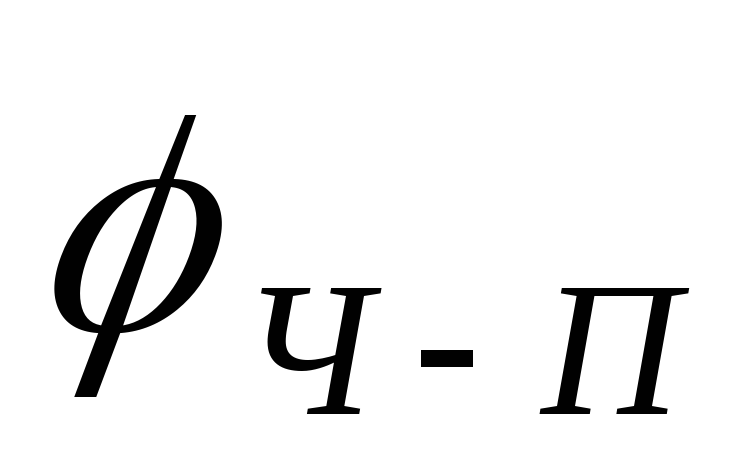
human head and a given surface.
On the cold
surfaces must not be condensed
moisture, i.e. surface temperature
must be above the point temperature
dew.
Temperature
heated floor is taken equal to 22 -
35 °C depending on the type of room.
The floor temperature must not be below

WITH.
proceeding
from the considered conditions, norms
allowable temperatures are set
heating appliances. In the area up to 1 m
from the level of the floor temperature of the devices
should be no higher than 95 ° C, in zone above 1
m - up to 45 ° С, according to SanPiN 2.2.3.1385-03 temperature
heated surfaces and barriers
equipment should not exceed 45°C.
SanPiN 2.1.4.2496-092. General provisions
2.1. These sanitary and epidemiological rules are aimed at ensuring epidemiological safety, harmlessness of the chemical composition, as well as favorable organoleptic properties of hot water used by the population for household needs.
2.2. Hot water supplied to the consumer must meet the requirements of technical regulations, sanitary rules and standards that determine its safety.
2.3. Sanitary and epidemiological requirements for hot centralized water supply systems are aimed at:
– prevention of hot water pollution by highly contagious infectious pathogens of viral and bacterial origin, which can multiply at temperatures below 60 degrees, including Legionella Pneumophila;
— minimizing the content of chloroform in water when using water that was previously chlorinated;
— prevention of diseases of the skin and subcutaneous tissue due to the quality of hot water.
2.4. The temperature of hot water at the draw-off points, regardless of the heat supply system used, must not be lower than 60 °C and not higher than 75 °C.
2.5. It is not allowed to use water of technical cycles (technical water), including after recovery and purification, as hot water of the STsGV.
2.6. The STsGV should use products (materials, reagents, equipment, etc.) that are allowed for use in such systems on the basis of a sanitary and epidemiological examination carried out in organizations and institutions accredited for the relevant types of work.
2.7.In the absence of sanitary and epidemiological standards for reagents or their components used for use in the STsGV, the developer must ensure that work is carried out to justify hygienic standards in water that regulate their safety and develop a method for monitoring their content in water.
2.8. During the operation of the STSGV, the requirements of the current regulatory documents in the field of safety of technological and production processes must be observed.
Sanitary and epidemiological rules and norms SanPiN 2.1.4.2496-09
1 area of use
1.1. Sanitary and epidemiological rules and regulations establish hygienic requirements for water quality and organization of centralized hot water supply systems (hereinafter - STSHV), as well as rules for monitoring the quality of water supplied by STSGV, regardless of departmental affiliation and ownership.
1.2. These sanitary rules are binding on all legal entities, individual entrepreneurs whose activities are related to the organization and (or) provision of centralized hot water supply systems.
1.3. Sanitary rules apply to centralized hot water supply with closed and open heat supply systems, heat supply systems with separate hot water supply networks, as well as autonomous hot water supply systems at high epidemic risk facilities (medical, school, preschool institutions, etc.).
1.4. Control over the implementation of these sanitary rules is carried out in accordance with the legislation of the Russian Federation by the authorized federal executive body exercising the functions of control and supervision in the field of ensuring the sanitary and epidemiological welfare of the population, protecting the rights of consumers and the consumer market, and its territorial bodies.

